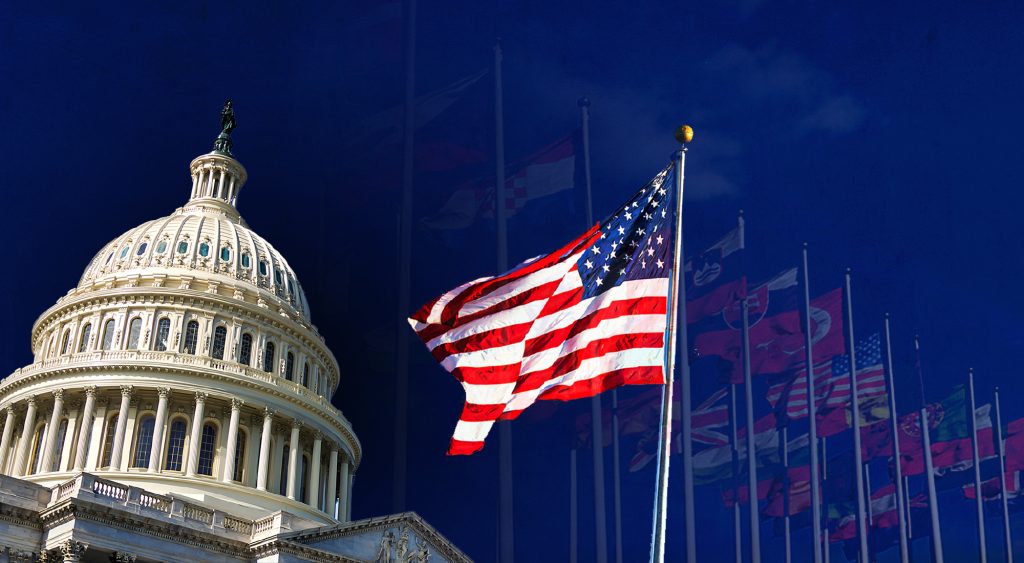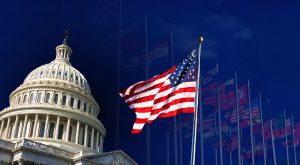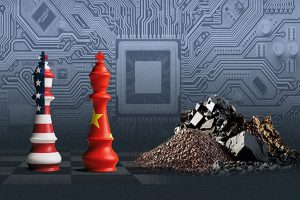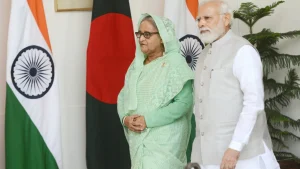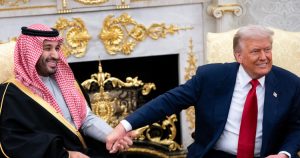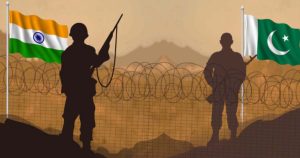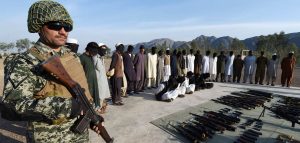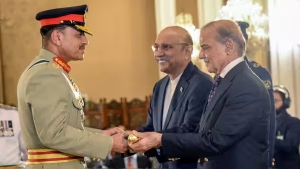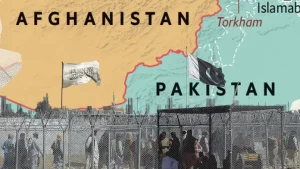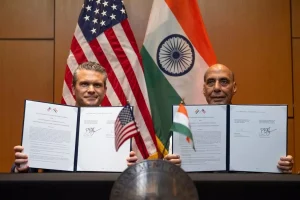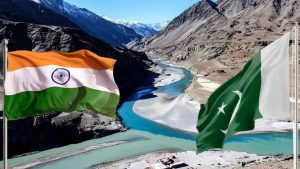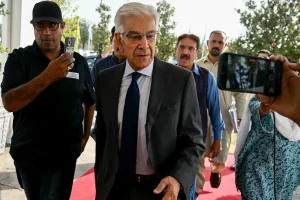In addition to the international geopolitical environment, the United States (US) grand strategy is influenced by domestic political incentives, congressional preferences, and interest-group pressures. In the aftermath of 9/11, the US grand strategy experienced fundamental changes. The optimism of the 1990s gave way to competition and confrontation with major powers. Against this backdrop, the rise of China as a major challenger pushed the US to invest in its relationship with India. In Washington, there is bipartisan agreement that a strong defense partnership with New Delhi is vital for its Asia-Pacific strategy and for containing China. The development of long-term strategies in the Asia-Pacific by the consecutive US presidents has been influenced by Congress’s framing of China as a strategic danger and India as a partner.
Scholars claim that the head of state in any political system is driven by two objectives: maintaining political authority and forming sustainable policy alliances. To achieve these objectives, he must navigate institutional constraints, public opinion, and pressure from interest groups. In the US political system, the balance of power between the institutions has a significant impact on the country’s national strategy. For example, the US Congress is primarily concerned with formation of the state’s domestic policy, but through its legislative, funding, and oversight powers, it plays a pivotal role in shaping the US strategy abroad. It constrains the tools that the executive branch can use.
Following 9/11, the US strategy underwent a major shift, changing from a cautious, state-oriented approach to an expansive doctrine focused on counterterrorism and pre-emptive action. Domestic politics largely caused this change; before 9/11, congressional discussions focused on budgetary goals, humanitarian intervention, and prudence, which limited the scope of foreign policy. After the attacks, Congress came together in favor of expanded executive authority, approving the Patriot Act and authorizing the use of military force (AUMF) with resounding approval. The resultant political consensus in Washington pre-emptively confronts the national security threat.
Much of the US-China relations is determined not only by geopolitics but also by domestic political dynamics. Being “tough on China” has become one of the few bipartisan stances amid growing party divisions between Democrats and Republicans, which has forced politicians in both parties to compete over who can adopt the toughest stance. According to the Pew Research Center, Republicans are about twice as likely as Democrats to describe China as an enemy. Congress has been powerful in pushing legislation on human rights sanctions, supply-chain diversity, technological regulations, and defence cooperation with allies, often more quickly than the executive branch. At the same time, interest groups, especially those linked to technology and national security, advocate for limitations on Chinese access to American investment and innovation. These domestic constraints produce economic, military, and technological policies that offer limited incentives for defusing tension.
Globally, Washington considers Beijing a formidable threat. The Director of National Intelligence, Tulsi Gabbard, described Beijing as Washington’s “most capable strategic competitor” and told the Senate Intelligence Committee, “China’s military is fielding advanced capabilities, including hypersonic weapons, stealth aircraft, advanced submarines, stronger space and cyberwarfare assets, and a larger arsenal of nuclear weapons.” As both the Trump and Biden administrations’ defence budgets and national strategy show, the primary threats to the US and its strategic partners are states, like China, Russia, North Korea, and Iran. To neutralise this threat, mainly in the Asia-Pacific region, Washington has been establishing defence and strategic ties with New Delhi.
Scholars argue that, apart from the China factor, the Indo-US partnership is built on a shared vision of democracy and human rights. However, in strengthening this vision, the role of the India Caucus, Indian American political organisations, and lobbyists is crucial. One sign of a significant shift in Congress’s perspective on India is the establishment of the India Caucus in the House of Representatives and in the Senate. It is widely accepted that the India caucus’s effective lobbying has improved New Delhi’s standing in the US Congress and should be examined more closely. Notably, Democrats are somewhat more likely to have a positive opinion of India than their Republican counterparts (56% vs. 48%).
The Indo-US partnership, signed in 2006, greatly strengthened cooperation in all significant strategic domains, including nuclear trade and defense cooperation. The agreements included conducting joint military exercises, basing and refuelling aircraft, and exchanging and protecting military intelligence. It enhanced military interoperability and made it possible to sell and transfer advanced technologies by establishing common standards. By July 2005, earlier stages of this program had already been finished. After that, Washington and New Delhi agreed on the New Framework for their defense partnership in 2005, which aimed to strengthen connections between the countries’ armed forces and defense trade. Later in 2015 and 2025, this framework was extended for successive ten-year periods. The 2006 partnership and the broader defence framework depended on Congress approving defence sales, technology transfers, and nuclear cooperation.
To sum up, domestic politics play a significant role in shaping the US strategy. In this regard, the perception of either a competitor or a partner is important to understand. In the 21st century, China is considered a challenger to the US in military, economic, and technological spheres. Beijing is regarded as a national threat by both major political parties in Washington, and India, which has been spending and working to strengthen its image by lobbying in Congress, is now viewed as a partner by both as well. Against this backdrop, and in response to the imagined Chinese threat, Washington is bolstering economic, military, and technological ties with New Delhi.




